Almost all fields of biology concern themselves with the properties of individual organisms. Genetics determine what an individual will look like. Taxonomy classifies individuals into different species. Biochemistry investigates the metabolic processes and other chemistry that keep individuals running.
Most of evolutionary theory hinges on the idea that individuals are distinct entities. It is a central concept, but one that is very ill-defined.
Viruses and giruses
Let’s start with the lifeform that is perhaps the most famous for being hard to classify. The virus. Non-biologists are often surprised to hear that viruses are not typically considered to be living, let alone biological individuals. This is because they cannot replicate on their own. They have to infect our cells, hijack the cellular machinery and convert it all into a virus-making factory to reproduce.
In school, we get taught a neat little mnemonic to determine what is living, and what is not: MRS GREN. That stands for movement, reproduction, sensitivity, growth, respiration, excretion and nutrition. Since viruses fail the reproduction criteria (and a few of the others), they are not living. Case closed.
Unfortunately, Nature does not care for our mnemonics.
As we are all too aware, viruses can still undergo natural selection to produce new mutants, like the troublesome Delta variant. Recently discovered giant viruses or giruses (best name ever) continue to blur this line.
The genomes of giruses contain several genes from their target host. These genes encode some of the fundamental machinery necessary for maintaining cellular life: protein synthesis, DNA maintenance and even some metabolic enzymes.
The girus itself does not carry out these functions, but it contains the information necessary to do so. Well actually, some giruses might even be able to maintain a basic level of metabolism. Does this make them alive?
One way to resolve this is to consider viruses and their host cells as chimeric organisms. The virus-cell hybrid, sometimes called a virocell, is the main living organism and the virus particles themselves are just floating spore-like particles.
This is not just a semantic debate. If we think about viruses like this, then our evolutionary trees are much more intertwined than we’ve traditionally thought. We do not evolve merely on our own accord, but our fates are mixed with those of viruses. They mix our genes up in all sorts of ways; adding and subtracting variation.
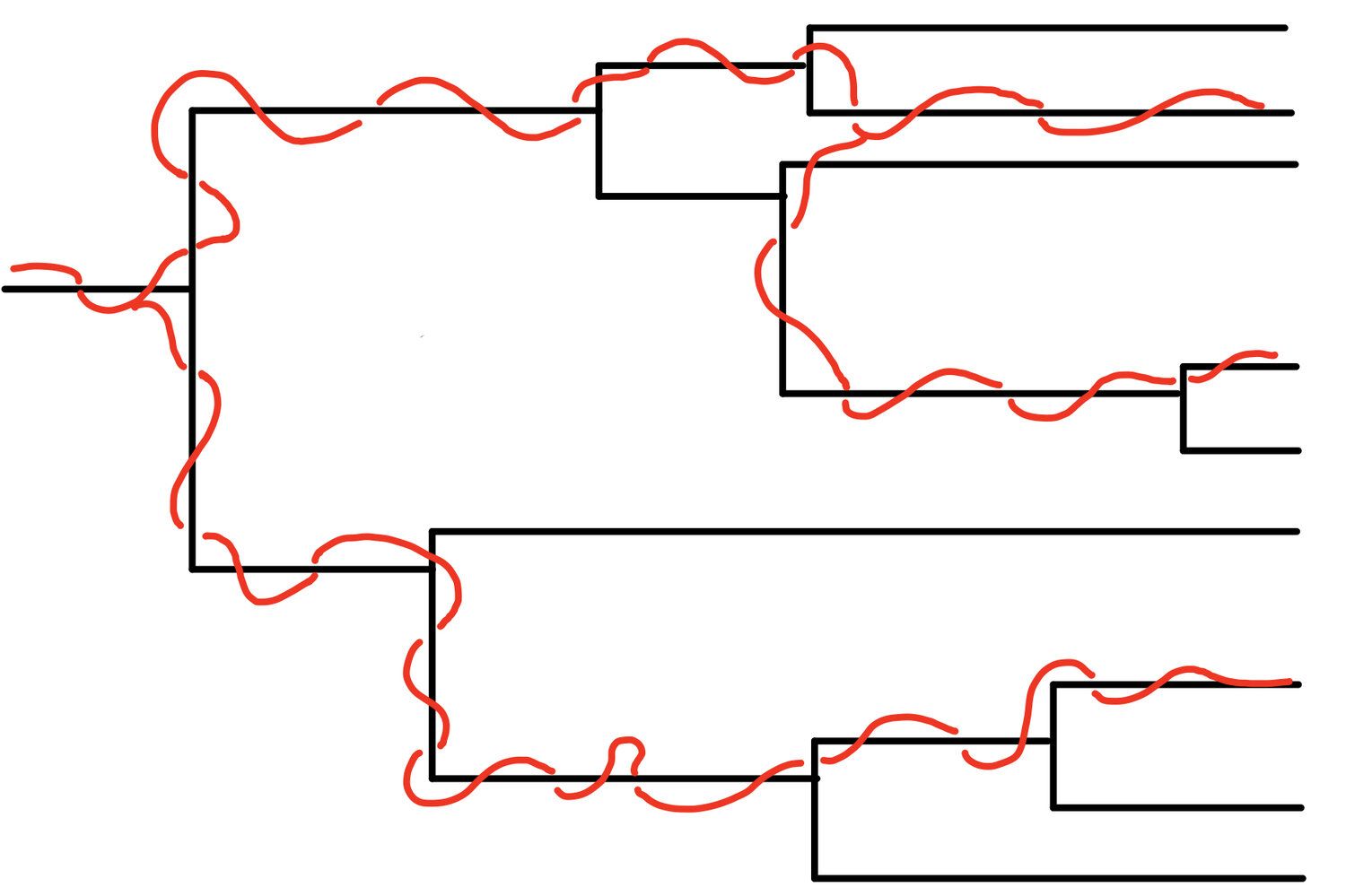
Interactions between species
Chimeric individuals also appear in other ways through a process known as symbiosis. This is where two different species, often from very distant kingdoms of life, come together to form an intimate association.
Such an association is found in corals which have two parts. The animal itself from the phylum Cnidaria and symbiotic algae called Zooxanthellae which give corals their colour. Bleaching occurs when the algae inside are lost.

The association is mutualistic meaning that both parties benefit from this arrangement. The corals receive the products of algal photosynthesis and in return, the coral provides protection for the algae. The resulting macroorganism is called the holobiont.
A similar situation is occurring in your gut right now. There are around 1,000 different species of bacteria in your gut microbiome and these bacteria are 10 times more numerous than the cells in our body. So if we are not going to count these bacteria as a part of us, then our bodies contain more foreign cells than self cells.
Our microbiomes help us to metabolise otherwise indigestible food, defend against harmful pathogens and stimulate the cells in our intestines to reproduce. In return, we provide a nice home for these guys to live in.
These functions are nice and all, but the interaction runs much deeper. Our microbiome actually has a direct connection to the brain via the gut-brain axis. Through this link, microbiome composition has even been associated with autism spectrum disorder. Microbiota can also communicate with our immune system, keeping us healthy.
Thus, we can see how the bacteria in our guts could coevolve with us. People with healthier microbiota have better immune systems, making them more likely to survive and reproduce. But it can still be argued that humans and our gut bacteria are separate entities. After all, we can survive with almost no microbiome at all as highlighted by bubble baby disease (SCID).
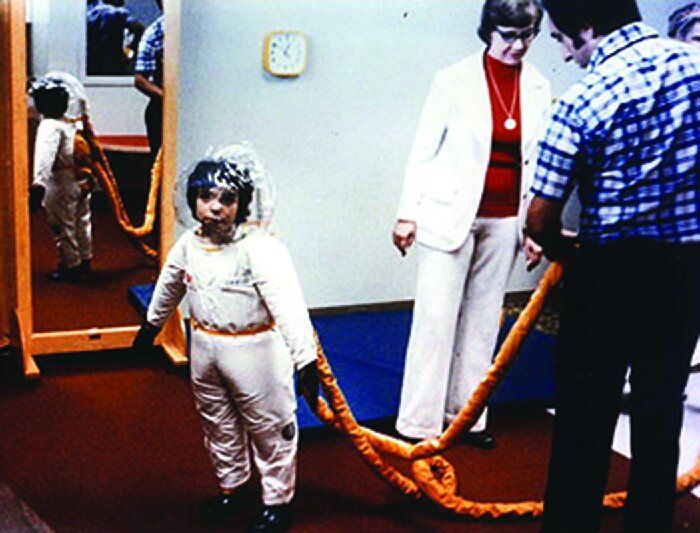
However, there is a tighter symbiosis within you that is inseparable - mitochondria. Originally, mitochondria are thought to have been free-living bacteria themselves. But sometime around 2 billion years ago, a bacterium fused with an archaean cell forming the first eukaryote. The bacterium inside would go on to become the first mitochondrion.
To start with, this was likely a symbiosis like those discussed above. The bacterium provided energy for the archaeon and the archaeon provided protection for the bacterium. Sound familiar?
As evolution progressed, we eventually ended up where we are today. We get almost all of our energy from mitochondria and would certainly not be able to live without them. In fact, most of the life we see with the naked eye (eukaryotes) would not be able to survive without these little guys. Would you still call them a separate organism to us?
Growth versus reproduction
Another problem that is closely related to defining individuality is the distinction between growth and reproduction.
There is an aspen forest in Utah that contains over 40,000 trees. Except it’s not actually a forest. All the trees are all connected together via one enormous underground root system. So biologists have classified the forest as a single organism - Pando (Latin for ‘I spread’).

It is the heaviest organism on Earth by dry mass, estimated to weigh 6 million kilograms. For reference, that’s 40 blue whales. The curious part is that some of the root system has likely become severed. This means that some patches of the forest are not in fact physically connected to the rest. Does this make each patch a distinct individual?
If the answer is yes, then we might draw a strange conclusion from classical evolutionary theory. Pando would be a fitter organism if it severed all of its roots between trees, producing plenty of offspring. That doesn’t make much sense. All of the individual trees would then be left to fend for themselves.
So the answer then must be no, the new patches formed by fragmentation are all part of Pando. It helps that all of the trees (stems?) in Pando are genetically identical to one another, connected or not. But then this implies that an individual need not always be fully connected with itself. Interesting.
A similar thing happens in strawberries, where runners are often sent out above the ground and can re-root to form genetically identical plants. It’s the same situation as Pando, just above ground.
So if we take this definition, we can ignore fragmentation and just count it as growth. But this means that individual organisms do not need to be connected. Interesting.
I understand that answering this question is just a matter of book-keeping. However, this accounting is how most of evolutionary theory operates today (mediated by genetics). Perhaps a broader theory would be useful.
Swarm intelligence and colonial individuals
If we relax the connectivity constraint even further, we can even define organisms that arise out of disconnected groups. One really cool example is the slime mold. Over the past few years, slime molds have gotten a lot of media attention for all of the strange things they do. They can solve mazes, construct highly efficient networks to transport nutrients and some species also show a property known as emergence.
This is where a whole bunch of individual entities work together to do something extraordinary. Take this majestic flock of starlings:
Individually, each bird is following a simple set of rules that can be modelled by Boids algorithm, but together they form an emergent pattern.
Although elegant, it would be hard to argue that such a flock constitutes a single individual. The starlings are technically free to leave the flock at any time, and all reproduce individually. But what if the flock could reproduce as a whole?
This is exactly what happens in the slime mold Dictyostelium discoideum.
When given plenty of food, Dictyostelium lives its life as a single celled amoeba. But when food becomes scarce, something amazing happens. All the individual amoebae send out a signal to aggregate into a multicellular slug (pseudoplasmodium). This slug then moves to an ideal location, collecting more amoebae along the way. It then morphs into a fruiting body that can release spores.
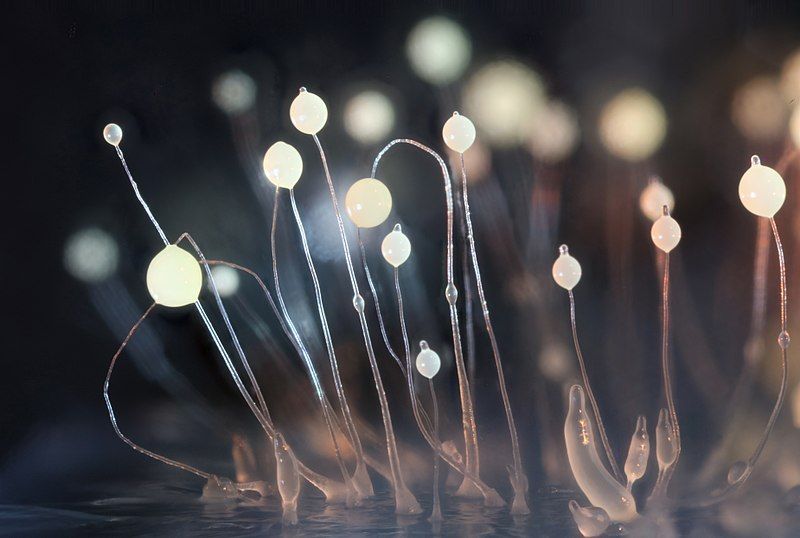
This is truly bizarre. Do we now count the slug as an individual because it reproduces and is one contiguous mass or is it simply a collective of individual cells?
It gets even more complicated if we have something even less connected. Like human society for instance. If aliens visited Earth, maybe they would consider all of life on Earth to be a single individual. I guess this is Tarkovsky’s Solaris. Replication of our whole planet would then occur when we manage to move and terraform new celestial bodies like the moon, Venus or Mars.
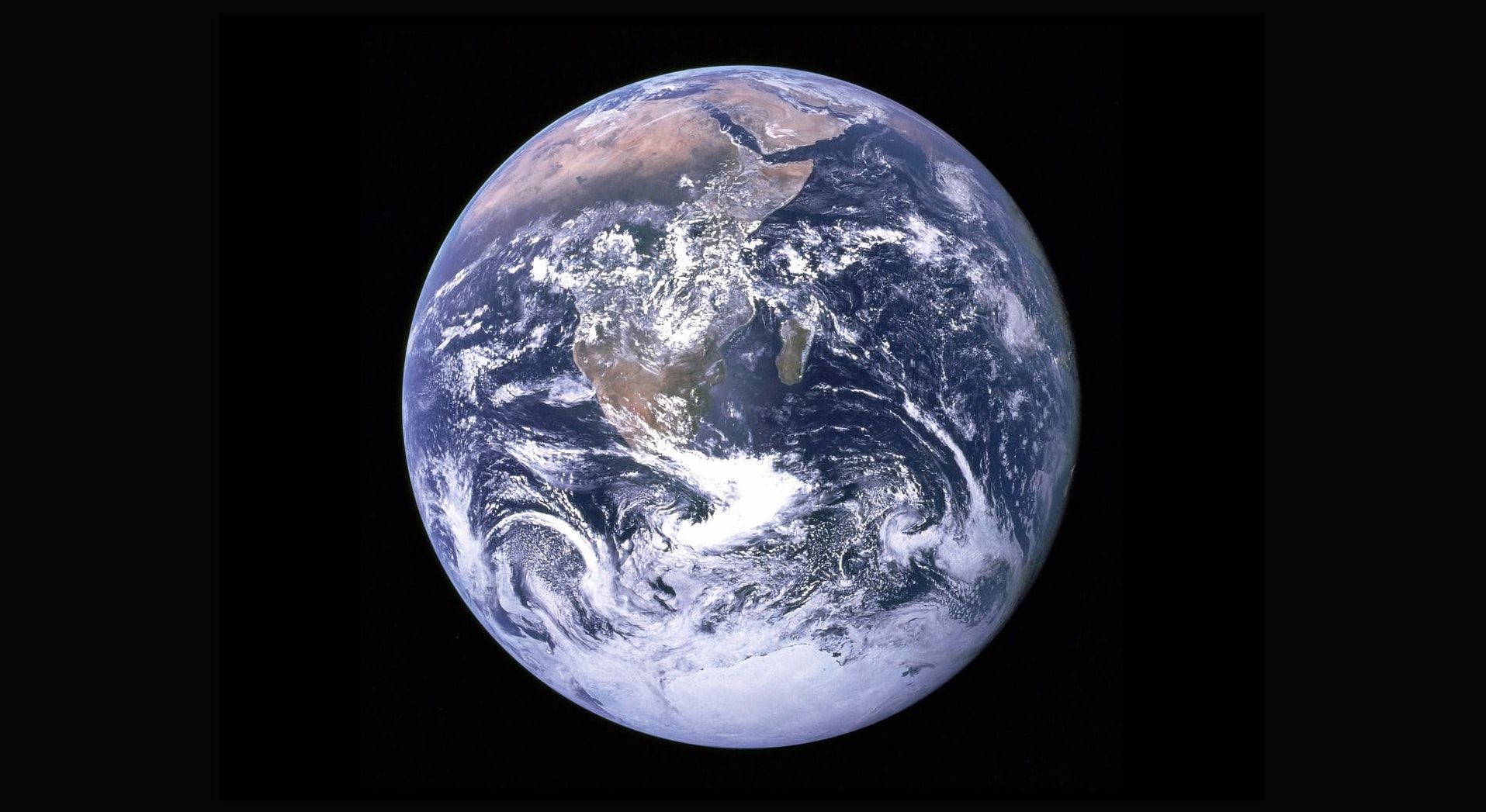
For advanced civilisations, this process might resemble the process of development in humans. A small number of humans are sent out from the original planet (equivalent to sperm or spores) and these people then follow a set of instructions to build a descendant civilization on the new planet (development of a zygote into a full adult). We’d probably have to take some plants and animals with us, so this would certainly be a multi-species endeavor.
Closer to home, we can look at the case of eusocial (pronounced ‘you-social’) species. This includes things like ants and honey bees which work together extremely tightly. There is a division of roles - the queen, workers and drones - and reproduction is funneled through the queen alone (with some minor exceptions).
These are essentially mini societies that can, in a sense, reproduce by forming new colonies. For this reason among others, some biologists consider whole honey bee and ant colonies to be superorganisms.

Different forms, same individual?
Disconnected organisms pose one problem for individuality. Another is differing morphologies.
A relatively simple case of this would be the classic metamorphosis of a caterpillar into a butterfly. We seem to have no trouble in classifying these two organisms as the same individual.
Ferns on the other hand, are trickier. Like all plants, ferns undergo a life cycle known as alternation of generations. This occurs as follows. First, a fern will release spores that land somewhere suitable and grow into a small, heart-shaped leaf structure known as a gametophyte.
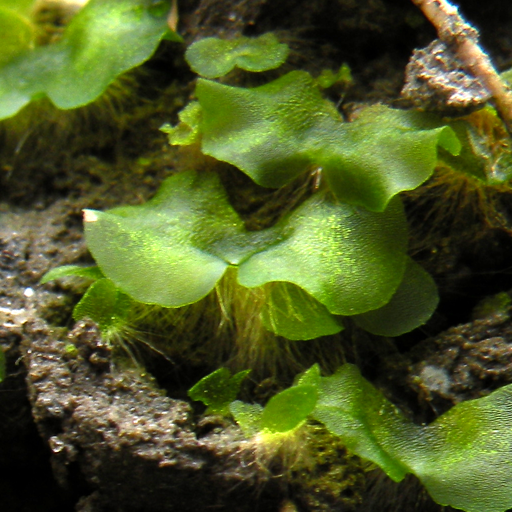
By itself, this little plant will not grow into a fern. Rather, it releases its own sperm that fertilise the eggs in a separate gametophyte which then turn into a fern. Here’s a diagram to help. For reference, sporophyte is the fancy word for a ‘proper’ fern:
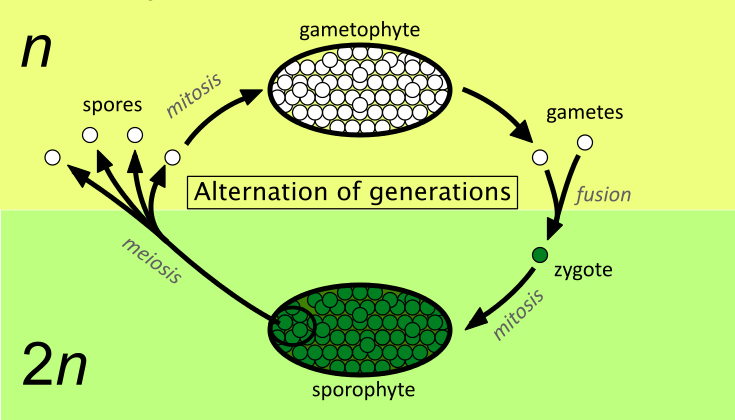
To highlight just how strange this is, it would be like if we ‘laid’ our sperm (or eggs) in a nice bed of food and watched until they grew into little organisms. These things might not look like humans. The organisms would then produce their own sperm/eggs and reproduce sexually to form a true baby which would grow into an adult. I apologise for the image that this analogy may have created.
Why such a weird life cycle evolved is an interesting, but separate question. Where, on the other hand, do we draw the line on individuality? The gametophytes certainly seem like different organisms to the main ferns. They are genetically distinct because of meiosis and sexual reproduction (fusion). But if we make this distinction, then consider what happens when we look at humans again.
Human sperm and eggs are really just single-celled gametophytes. So if we are calling fern gametophytes individuals, then we would need to call our sperm an eggs individuals too. Unless we make some arbitrary distinction on size or number of cells involved.
I think most people would say that a new human individual starts when egg and sperm fuse, certainly not any earlier. The humble fern challenges this division.
Where to from here?
Hopefully I’ve managed to convince you that the notion of a singular concept of individuality is fraught with all sorts of problems. Biology is simply too messy for that. In next week’s blog post, I’ll endeavour to offer some solutions for resolving these issues. Plenty of intelligent philosophers, biologists and mathematicians have all given this question a lot of thought, but it has still not been rigorously resolved.
Jake
You can read the second part of this article here.
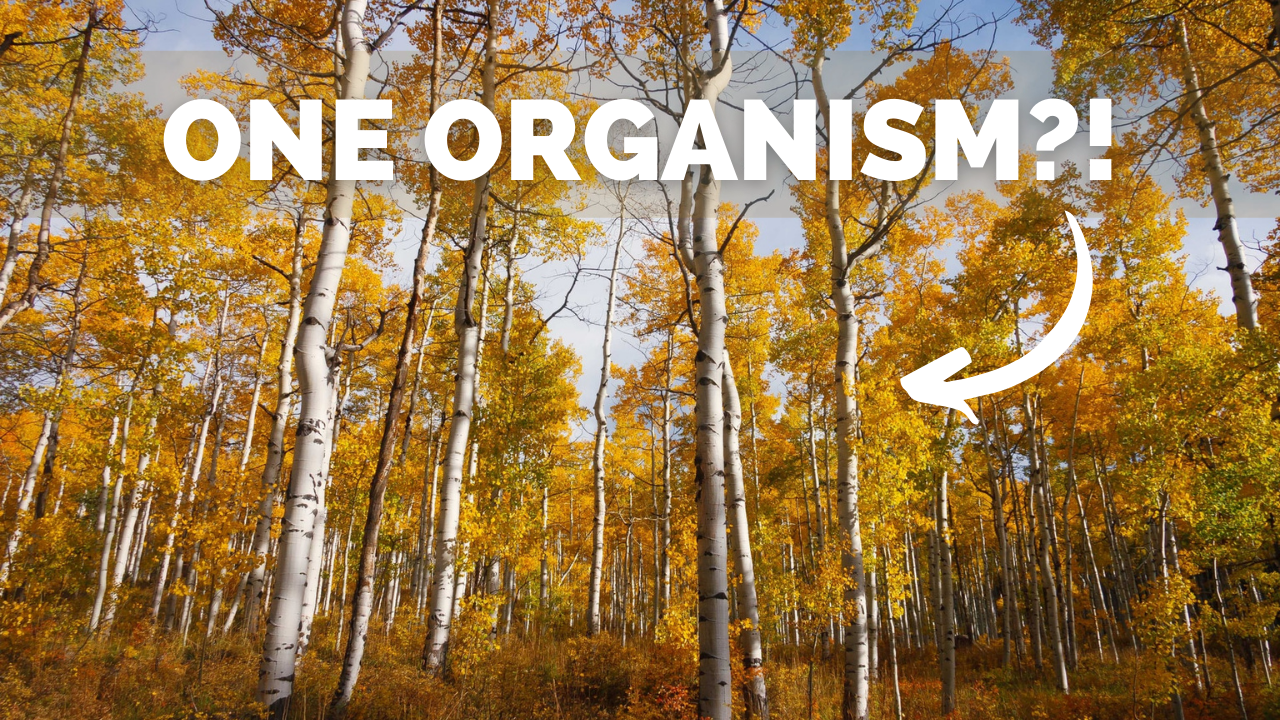
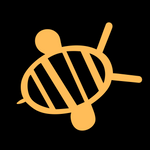
Member discussion: